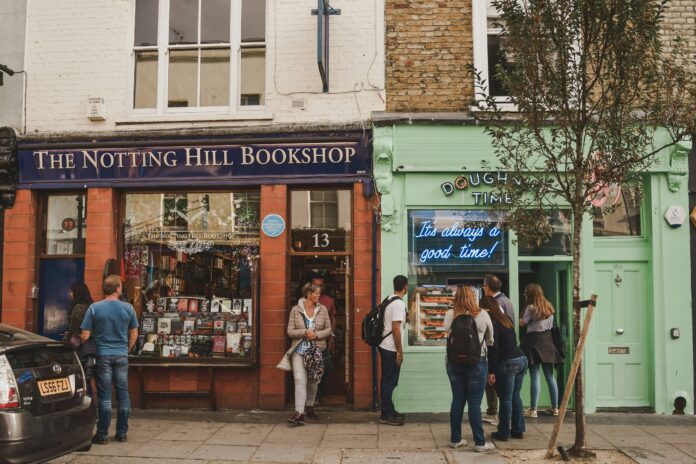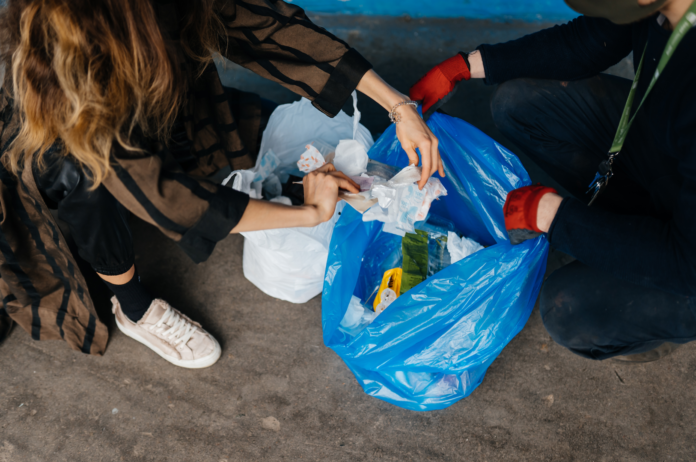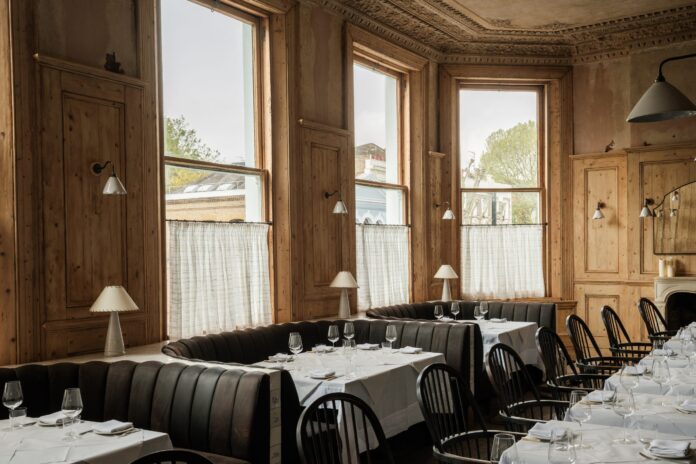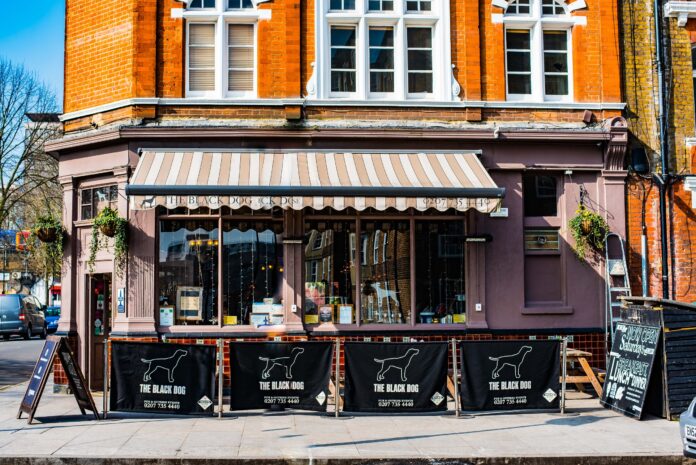We realise that even raising the topic of tea making best practice is like poking a sleeping bear; suddenly Brits across the nation are roused from their slumber and raging on their keyboards at affronts to brewing.
Milk first? Agitating the bag against the side of the mug? Leaving the damn thing in? Warming it up in the microwave? No, no, no and no. When it comes to a great cuppa, it seems that there is more that unites than divides us. With that in mind and with the help of the Great British public, here are 4 tips for the IDEAL cup of tea.
THE RIGHT TEA BRAND
According to a 2019 poll published by Statista, PG Tips is the UK’s most popular tea brand, with Yorkshire Tea most beloved of the over 65s.
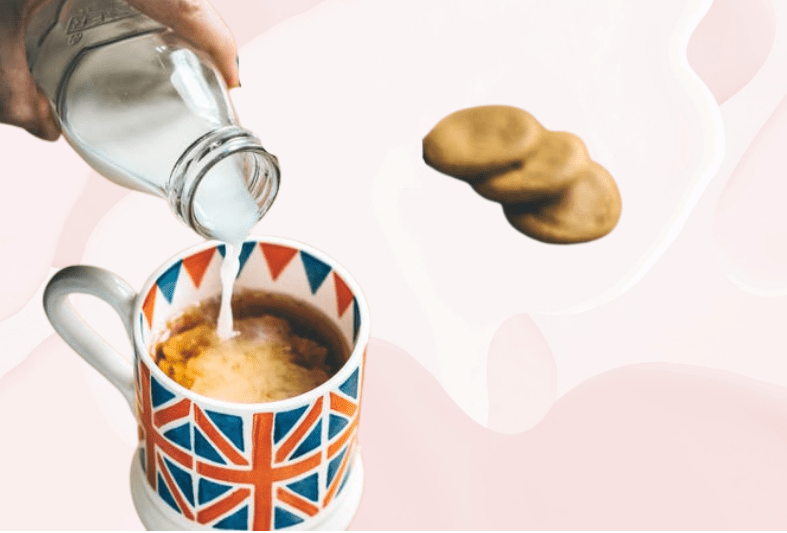
Here are the top 10 choices:
- PG Tips.
- Yorkshire Tea.
- Nescafe.
- Twinings.
- Typhoo.
- Tetleys.
- Kenco.
- Douwe Egberts.
- Lipton Tea.
- Taylors of Harrogate.
That said, personal preference, of course, plays a huge part, with tastes in tea growing and diversifying within the country. Should you be curious about what type of tea suits your particular needs and what your chosen brew says about you, check out our article on the health and wellness benefits of tea for more.
Anyway, back to the brands. Recently in a ‘battle of the brews‘ contest, Channel 5’s Shop Smart pitted big brands against supermarket own brands in a blind taste test, Tesco steamed ahead (geddit!), winning the contest. Not only did a cheap supermarket own-brand beat the big boys, but the test also revealed that most of us can’t tell the difference between PG Tips and a Co-Op cuppa. The lesson – you don’t need to spend a lot to get a great cup of tea.

WHAT ABOUT WATER?
Seeing as it makes up the majority of the mug, water plays an important role in defining a great cuppa.
Filter: Throughout the UK, water differs hugely, with ‘soft’ water having a low concentration of calcium and ‘hard’ water classified as a calcium count of anything over 50mg per litre. Whilst knowing these numbers won’t affect your cuppa, filtering your water will; calcium levels can affect the taste of your tea hugely.
Temperature: Interestingly, only minor temperature deviation dictates deliciousness. For black (before milk is added) tea, the temperature should range between around 90°C to 98°C. Whilst we wouldn’t expect you to get the thermometer out each time, it’s important that you don’t pour just boiled water over your bag; that extra couple of degrees in temperature will scorch the tea leaves and bring about an undesirable bitterness. Better to wait for a minute or two for the kettle to settle after it boils.
Don’t Reboil: Another top tip for optimum taste is to always refill your kettle with fresh water. Avoid reboiling stale water that’s been sitting in there for a while. We’re all guilty of habitually boiling twice as much water as we need; a waste of water and electricity. Indeed, The Energy Saving Trust concluded that if we, as a nation, boiled only the water we need to make a cup of tea instead of filling the kettle every time, we could save enough electricity in a year to run nearly half of all the street lighting in the country. Granted the research we’re citing was a while ago, but you get the point.
Alternatively, to avoid reboiling, and cut back on the dreaded limescale marring the flavour of your cuppa, not to mention the agonising wait for your kettle to boil when you could murder a cup, you could consider alternative water boiling methods. Instant hot water taps or countertop water boilers serve to eliminate both these issues and are safe, efficient best of all, a real time saver. The experts at www.kingswater.co suggest that you can get 6 cups with just one instant draw before the temperature drops. Wow!
And if you’re in the market for a new kettle, the guys over at Good Housekeeping suggest a quick boil kettle; “a new generation of kettle can produce a cup’s worth of boiling water within seconds, saving up to 50% of energy.”
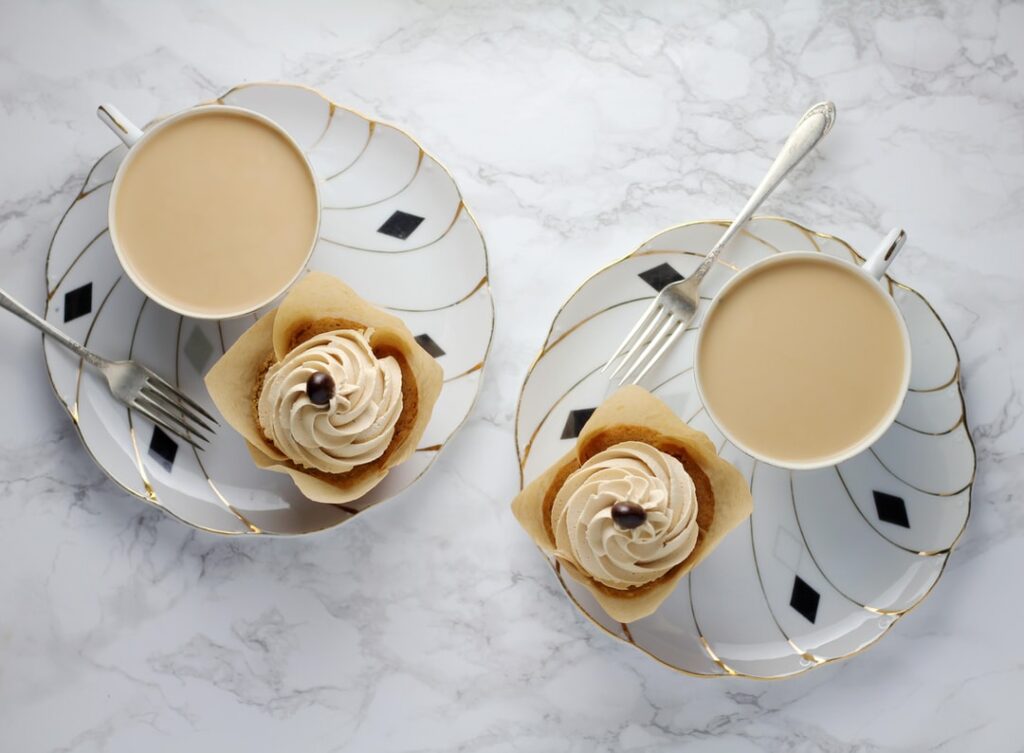
BUILDERS TEA, BREWING TIME & MILK MATTERS
The colour of your tea says much about what lies within, beyond aesthetics and telling about the strength of the brew, how long you let it brew, and how much milk you added.
In 2018, the Evening Standard reported on the varying preferences across the country for tea-based hues, ranging from ‘extremely milky to black’ and unsurprisingly for a nation of fairly unadventurous tastes, nearly half of all respondents opted for the middling shade; fairly strong and fairly milky.
Speaking of milk, it’s impossible to discuss tea brewing techniques without adding our two pence to the chief debate or recent times; whether or not you add the milk before or after the temperature-optimised water.
You Gov recently reported that nearly four-fifths of Brits add milk last. We couldn’t agree more, since it allows us to add the milk until our desired aesthetic and therefore, strength, is reached.
If you’re after a history lesson tea expert Niel Phillips told the Independent “Milk added first stems from the servants of a large house who used to drink from unrefined clay mugs which could crack when hot tea was poured, so they popped a bit of milk in, before, to act as a coolant…The upper-class, or the upstairs of the house, drank from fine bone china – meaning they didn’t have to worry about their tea cracking their teacups.”
It’s not quite so simple as dashing the milk in last, however. Ideally, you should wait until the tea has brewed for the optimum period of time (four minutes, glad you asked) and then add the milk. Most of us Brits are guilty of under-brewing our tea, but patience is key when it comes to tea brewing, as the guys over at Yorkshire Tea say, “Tea needs time to unlock all its flavour, so give it four to five minutes to do its thing.”
YOUR FAVOURITE MUG
Though London’s hipster cafes have been serving tea in glass for the past few years, nothing beats your favourite mug for the ultimate cup of tea. We wish we had the science to suggest that a mug with a photo of your dog on makes the tea taste better, but really, this is a totally subjective decision. Go crazy!
So, the tea brand, water type and temperature, colour, milk and mug all make a difference. Care to invite us round for a cuppa so we can see how you like yours?

